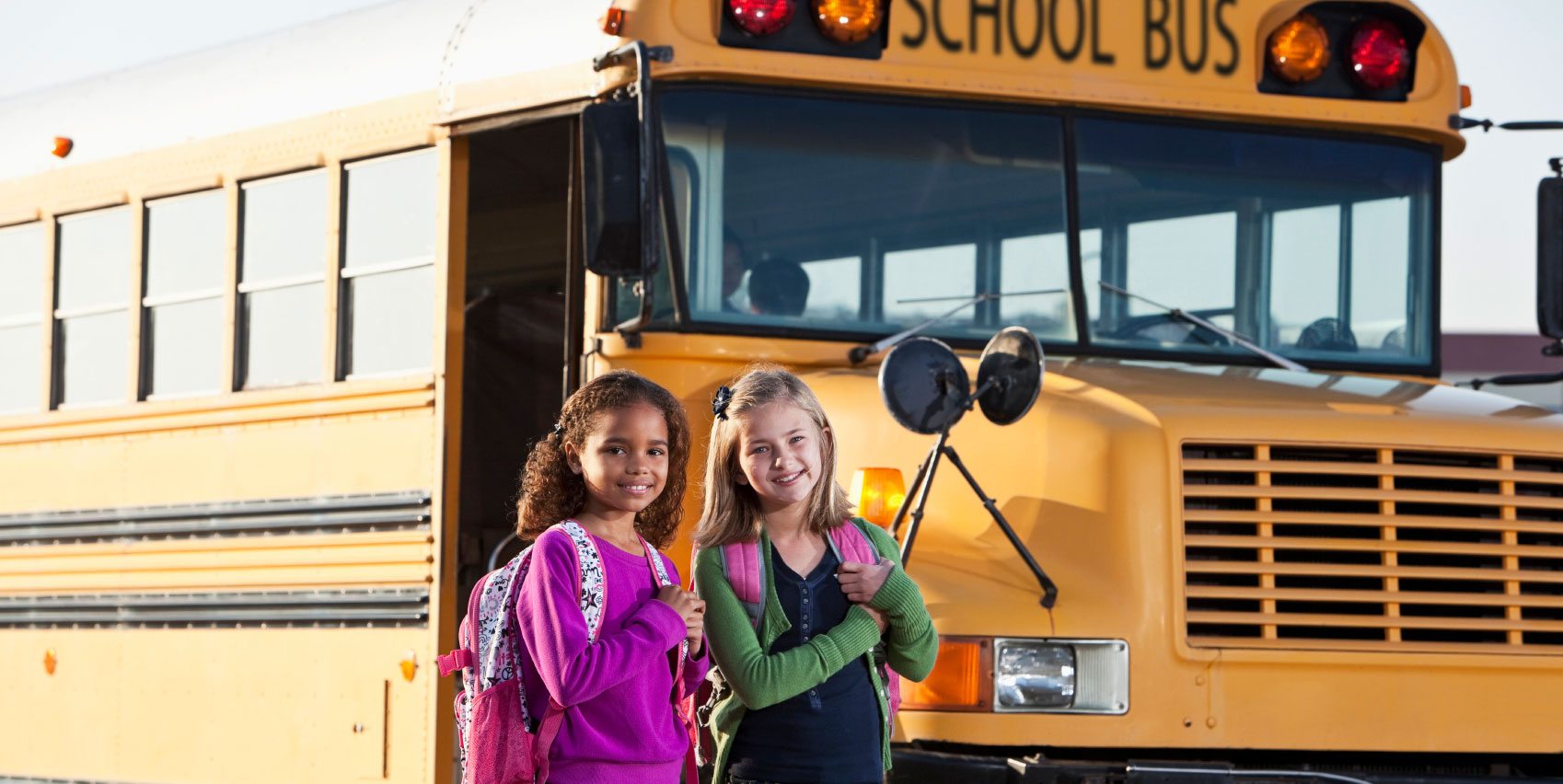The ink has barely dried on June’s report cards, but retailers are already thinking about Back-to-School (BTS) season. And from the look of things, fall 2015 should get off to a healthy start.[quote]
“Based on what we’ve seen this year from a sales perspective and based on last year, we expect Back-to-School will be a pretty good driver for sales,” says Jesse Tron, spokesman for the International Council of Shopping Centers (ICSC). Official spending data from the group won’t be available until mid-July.
The Back-to-School season is the second largest for consumer spending in the U.S., second only to holiday shopping.
“We saw a pretty soft first quarter and a lot of that was weather-related in the Midwest and Northeast,” Tron says, explaining the year’s sluggish start. “But since there was a lot of pent up demand, we saw a significant bump in March and April when consumers went back to prototypical spending patterns — after they were no longer dealing with four feet of snow. From an economic perspective, we’ve seen a pretty steady growth rate throughout the course of the year — and we’ve seen nothing that says we’ll get derailed.”
Michael Niemira, principal and founder of The Retail Economist, an economic forecasting firm, says he expects sales to remain consistent with the last couple of years.
“Since 2012, the pace of BTS sales has been growing under 2.5 percent,” he says, adding he doesn’t foresee any major events that might affect that number.
Family clothing accounts for the biggest chunk of the BTS season, which spans July through September. Last year, apparel sales during this period reached a high of $23.1 billion, according to The Retail Economist and U.S. Census data. That’s more than electronics ($6.2 billion), books ($3.3 billion), and shoes ($8.9 billion) combined.
A new video presentation about back-to-school shopping from Cotton Incorporated reveals that more than 9 in 10 back-to-school shoppers (94%) plan to purchase clothes for the upcoming school year. According to the Cotton Incorporated Lifestyle Monitor™ Survey, consumers plan to spend about $265 per person on clothes, up about 10% from responses in 2014 ($243) and 2013 ($231).
The National Retail Federation is also releasing its detailed spending data in mid-July. But the NRF’s preliminary polling of more than 6,400 adults with children in K-12 and college shows 29% of households with school-age kids (6-to-17) plan to spend more than last year. That’s up from 24% a year ago.
“While this survey is a mere snapshot in time, the positive uptick in planned spending means retailers’ Back-to-School season could bring a welcome boost in sales,” writes Kathy Grannis Allen, NRF spokesperson in a BTS preview.
Shoppers likely feel good about spending due to the steady economic news out of Washington. The Labor Department reported the U.S. economy added 223,000 jobs and unemployment dropped to 5.3% in June. Existing homes sales rose 5.1% in May to their highest pace in nearly six years, according to the National Association of Realtors. And even though gas prices saw a seasonally adjusted increase, they are still averaging about 90 cents per gallon less than last year. Wages, however, barely kept pace with inflation, growing just 2 percent year-over-year, which explains why the season is expected to be healthy, if not a blockbuster.
Back-to-school apparel shoppers say about 60% of their back-to-school clothes will be bought before the first day of school, another 20% will be bought a few weeks later and the remainder will be picked up within the following month or two, according to the Monitor™ data.
“I think some families choose to go shopping later in season because they may not need as much as parents with younger children,” Grannis Allen says. “Older teenagers can shop sales on their own as well.”
The Monitor™ survey also finds that among parents who prefer to shop after the school year starts, the majority (62%) says they do so because they can get better prices throughout the year — and their kids grow out of clothes so quickly (59%).
Shoppers also have a growing “buy now/wear now” mentality.
“There’s definitely a portion of the population where weather is a driver,” Tron says. “That’s why if unusually warm weather lasts deeper into fall and winter, we see a lag in winter apparel. Also, last year, there was a decent segment that held off on spending early because they wanted to see what their friends were wearing before they bought into a trend — and that pushed spending into September.”
According to the Monitor™ data, almost 8 in 10 (79%) parents prefer their kids to be dressed in cotton clothing. The majority of BTS shoppers plan to purchase tops (86%), socks and jeans (73%), pants (71%), and intimates (53%).
“Barring a major economic issue or derailment, we’ll continue to see nice slow, steady progression,” Tron says. “It would have to be a significant problem to throw off the season because most people view Back-to-School as an essential spend, not discretionary.”
Tron pointed out that kids who wait to see what their friends are wearing are driving fashion spending.
“While BTS shopping is mostly essential, fashion items — as opposed to basics — are totally discretionary. Parents don’t play into that if the economy is down. So the fact that fashion is becoming a driver of sales says the economy is in a good place. And we expect fashion to continue to be at the forefront.”
